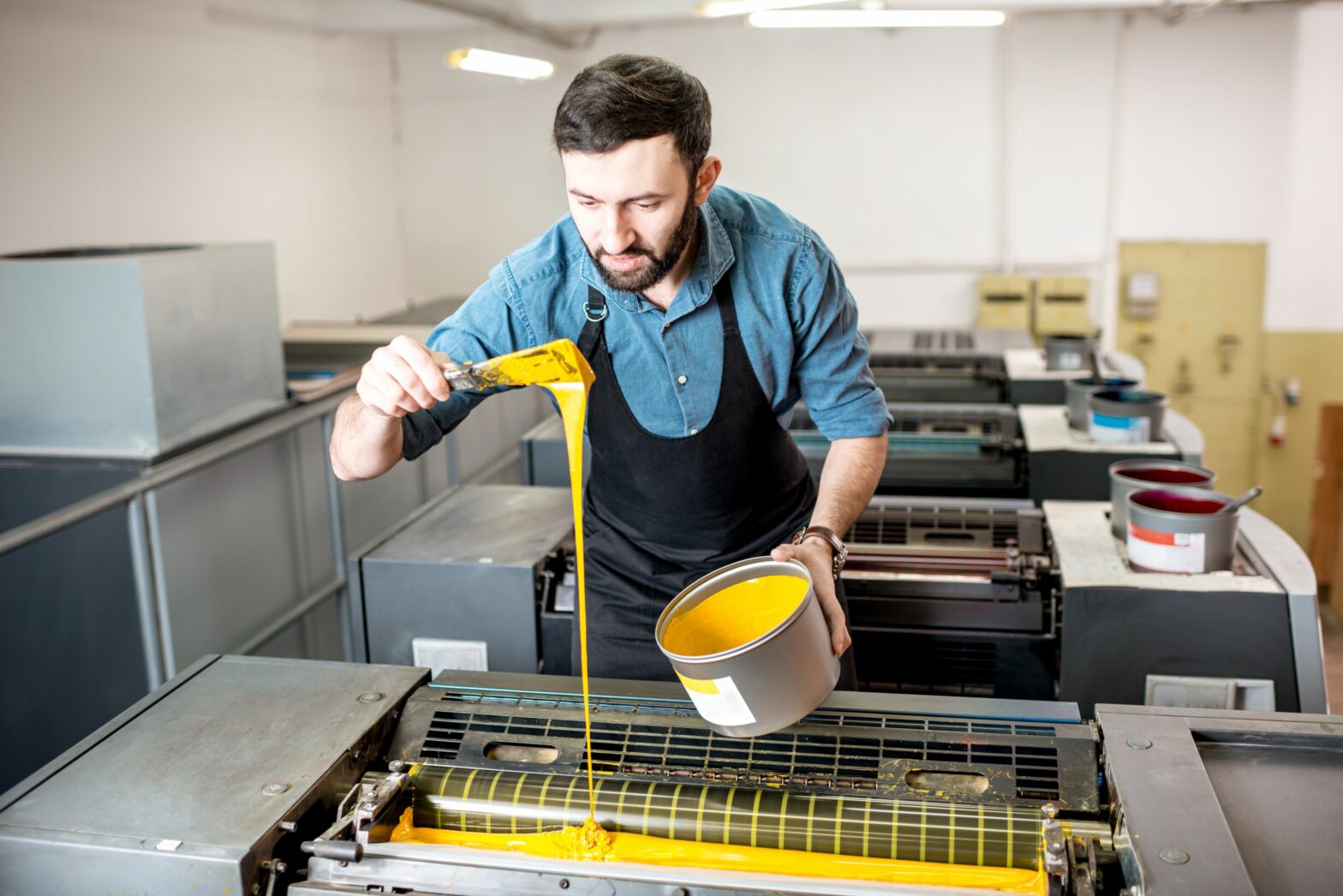Introduction:
In today’s fast-paced world, printing plays a crucial role in marketing and communication. Whether you’re a business owner, a marketer, or an individual looking to print materials, you’ll likely come across two primary printing methods: digital printing and offset printing. Understanding the differences and benefits of each can help you make an informed decision and achieve the best possible results for your printing projects. In this blog post, we’ll explore the pros and cons of digital printing and offset printing to help you choose the right option for your needs.
Digital Printing:
Digital printing is a modern printing method that involves transferring digital files directly to a printer for production. Here are some key aspects of digital printing:
Cost-effectiveness: Digital printing eliminates the need for plates, making it more cost-effective for short print runs. There are no setup fees, making it ideal for small quantities or personalized prints.
Quick turnaround time: Since digital printing doesn’t require setup or plate creation, it offers faster turnaround times. Files can be printed immediately, making it suitable for urgent or time-sensitive projects.
Variable data printing: Digital printing excels in variable data printing, allowing you to personalize each printed piece with different text or images. This feature is particularly valuable for direct mail campaigns, personalized marketing materials, or event invitations.
High-quality output: Advances in digital printing technology have significantly improved print quality. While it may not match the exact color accuracy and sharpness of offset printing, digital printing produces excellent results, especially for smaller print runs.
Offset Printing:
Offset printing has been the industry standard for decades, offering high-quality prints and versatility. Here are some important aspects of offset printing:
Superior print quality: Offset printing uses a combination of ink and plates to transfer the image onto the printing surface. This method provides precise color matching and sharpness, making it ideal for high-end marketing materials, magazines, brochures, and packaging.
Cost-effective for large print runs: While offset printing requires upfront setup costs, it becomes more cost-effective than digital printing for larger quantities. As the volume increases, the cost per unit decreases, making it an economical choice for bulk printing.
Wide range of substrates: Offset printing can accommodate various substrates, including different paper stocks, cardboards, and specialty materials. This versatility allows for more customization and options for print finishes such as embossing, foiling, and varnishing.
Pantone color matching: Offset printing allows for precise Pantone color matching, ensuring consistency across different print materials and branding collateral. This feature is essential for businesses that require accurate color representation for their logos and brand elements.
Conclusion:
Choosing between digital printing and offset printing depends on your specific needs and project requirements. Digital printing offers cost-effectiveness, quick turnaround times, and variable data printing capabilities, making it suitable for short print runs and personalized materials. On the other hand, offset printing provides superior print quality, Pantone color matching, and versatility with a wide range of substrates, making it the preferred choice for large print runs and high-end marketing collateral.
Consider factors such as budget, timeline, desired print quality, and the purpose of your prints when making a decision. In some cases, a combination of both printing methods may be the best approach, allowing you to leverage the benefits of each technique for different aspects of your project. Consulting with a professional printing service can also provide valuable insights and help you make an informed choice to achieve the desired outcome for your printing needs.



